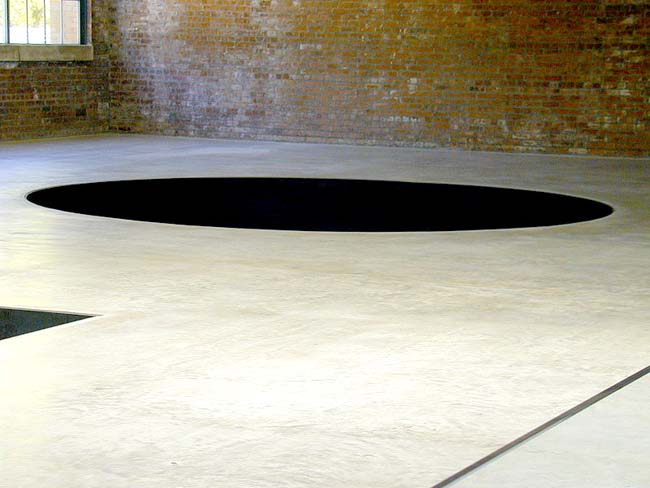
Tens of thousands of people pursuing lives, professions, dreams, duties, of their own choosing–following their own paths. Ordinary people in the course of a typical morning, going about their daily lives. Individual paths running parallel, for a time–familiar strangers with the same commute, travelers on an airplane, a close-knit rescue company. Paths converging on a common destination. 3,016 individuals whose paths were senselessly cut short by terrorist attacks. The space made sacred through tragic loss, space where they passed their last ordinary moments.
We who are left can retrace their paths–walk where they walked, go where they went, be where they were–and remember them.
Where did they come from? Where were they going? How did they get there? What was their purpose for coming? The paths people took reveal something of who they are.
They tell of exceptional circumstances, emergency response, unintended detours and daily routines. They point to lives and jobs and homes and families and friends.
Following these paths turns us all into pilgrims. The paths of those who died run right alongside the paths of those who survived; people who were there that morning will recognize their own experience in the paths of others. And people from everywhere will discover common bonds along these paths and come to recognize the ones who made them, keeping their memories alive.
Where paths intersect, intermingle, and converge, they reveal affiliations, associations, communities, commonalities. Where paths accumulate, they reveal the activity and flow of the city and the country. They reflect the experience of individuals in a city, in architecture, in places that no longer exist.
As the city regenerates, new places and new destinations will be created, new pathways will emerge. But the paths of those who died–the space made sacred–will continue forever.
Continue to:
Memorial Elements–Paths, Portraits, Destinations











